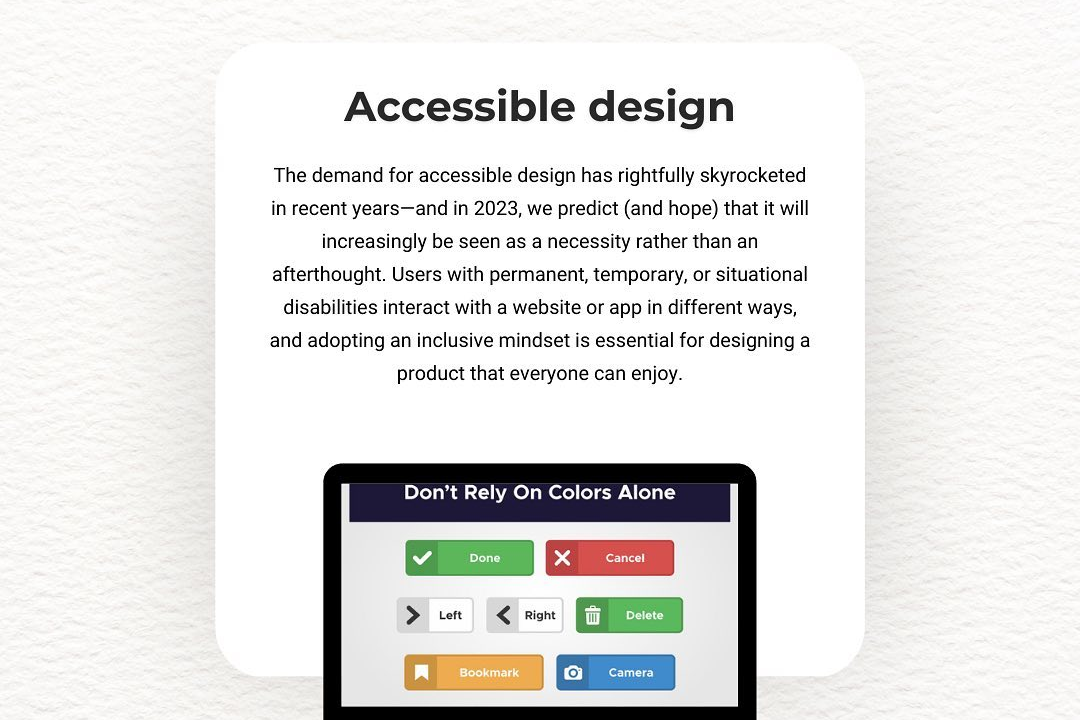6 Advantages of Cloud Computing
Unlocking Potential: 6 Key Advantages of Cloud Computing
6 Advantages of Cloud Computing
Cloud computing offers a myriad of advantages that enhance efficiency and flexibility for individuals and businesses alike. Firstly, it provides scalable resources, allowing users to access and adjust services based on changing needs without incurring high upfront costs. Secondly, it enhances collaboration by enabling real-time data sharing and access from any location, fostering teamwork among geographically dispersed teams. Thirdly, cloud computing enhances data security, with advanced encryption and comprehensive backup solutions mitigating the risks of data loss. Fourthly, it improves operational efficiency as businesses can offload maintenance and hardware management to cloud providers, allowing them to focus on core activities. Additionally, cloud services offer cost-effectiveness, reducing the need for expensive IT infrastructure and minimizing operational expenses. Lastly, it encourages innovation by providing access to cutting-edge technologies and tools that can be easily integrated into existing systems, enabling businesses to stay competitive in a rapidly changing market.
To Download Our Brochure: https://www.justacademy.co/download-brochure-for-free
Message us for more information: +91 9987184296
Cloud computing offers a myriad of advantages that enhance efficiency and flexibility for individuals and businesses alike. Firstly, it provides scalable resources, allowing users to access and adjust services based on changing needs without incurring high upfront costs. Secondly, it enhances collaboration by enabling real time data sharing and access from any location, fostering teamwork among geographically dispersed teams. Thirdly, cloud computing enhances data security, with advanced encryption and comprehensive backup solutions mitigating the risks of data loss. Fourthly, it improves operational efficiency as businesses can offload maintenance and hardware management to cloud providers, allowing them to focus on core activities. Additionally, cloud services offer cost effectiveness, reducing the need for expensive IT infrastructure and minimizing operational expenses. Lastly, it encourages innovation by providing access to cutting edge technologies and tools that can be easily integrated into existing systems, enabling businesses to stay competitive in a rapidly changing market.
Course Overview
The “6 Advantages of Cloud Computing” course offers a comprehensive exploration of how cloud technology can transform business operations and individual productivity. Participants will learn about key benefits such as scalability, enhanced collaboration, robust security measures, improved operational efficiency, cost savings, and the facilitation of innovation. Through real-time projects and expert insights, this course aims to equip learners with a solid understanding of cloud computing advantages, empowering them to leverage these benefits in their professional endeavors.
Course Description
The “6 Advantages of Cloud Computing” course provides an insightful overview of how cloud technology can revolutionize the way businesses and individuals operate. Participants will delve into key benefits such as scalability, allowing for flexible resource management; enhanced collaboration, enabling seamless teamwork regardless of location; robust security, ensuring data protection and compliance; improved operational efficiency, streamlining processes through automation; significant cost savings by reducing the need for physical infrastructure; and the facilitation of innovation, empowering organizations to rapidly deploy new solutions. Through engaging real-time projects and expert-led discussions, this course equips learners with the knowledge to effectively harness the power of cloud computing in their careers.
Key Features
1 - Comprehensive Tool Coverage: Provides hands-on training with a range of industry-standard testing tools, including Selenium, JIRA, LoadRunner, and TestRail.
2) Practical Exercises: Features real-world exercises and case studies to apply tools in various testing scenarios.
3) Interactive Learning: Includes interactive sessions with industry experts for personalized feedback and guidance.
4) Detailed Tutorials: Offers extensive tutorials and documentation on tool functionalities and best practices.
5) Advanced Techniques: Covers both fundamental and advanced techniques for using testing tools effectively.
6) Data Visualization: Integrates tools for visualizing test metrics and results, enhancing data interpretation and decision-making.
7) Tool Integration: Teaches how to integrate testing tools into the software development lifecycle for streamlined workflows.
8) Project-Based Learning: Focuses on project-based learning to build practical skills and create a portfolio of completed tasks.
9) Career Support: Provides resources and support for applying learned skills to real-world job scenarios, including resume building and interview preparation.
10) Up-to-Date Content: Ensures that course materials reflect the latest industry standards and tool updates.
Benefits of taking our course
Functional Tools
1 - Cloud Storage Services (e.g., Google Drive, Dropbox): These platforms provide students with a reliable and secure way to store their files and projects in the cloud. With features such as automated backups, file versioning, and easy sharing options, students can collaborate effectively with peers and access their work from any device. The integration of these services into the learning environment facilitates real time collaboration, allowing users to work simultaneously on documents and presentations, enhancing teamwork skills essential in today’s job market.
2) Cloud Computing Platforms (e.g., Amazon Web Services, Microsoft Azure): These comprehensive cloud platforms offer a variety of services, including computing power, databases, artificial intelligence, and machine learning tools. Students can gain hands on experience with real world applications by using these platforms to execute projects. The exposure to industry standard technologies prepares learners for future careers in tech, enabling them to build, scale, and manage applications effectively, which is crucial for meeting the demands of modern businesses.
3) Collaboration Tools (e.g., Slack, Microsoft Teams): Effective communication is key in any educational setting, and collaboration tools facilitate seamless interaction among students and instructors. These platforms support chat functions, video conferencing, and project management capabilities, allowing teams to coordinate schedules, share updates, and brainstorm ideas efficiently. By learning to use these tools, students develop essential communication and collaboration skills that are invaluable in remote work environments.
4) Web Based Development Environments (e.g., Repl.it, Glitch): These tools provide an online platform for coding and project development without the need for local software installations. Students can write, debug, and share code in real time, fostering an interactive learning experience that promotes coding skills. Access to various programming languages and frameworks allows students to explore their interests, create projects, and receive immediate feedback, enhancing their knowledge of software development methodologies.
5) Business Intelligence and Analytics Tools (e.g., Google Analytics, Tableau): Understanding data is crucial in today’s data driven world, and these tools equip students with the ability to analyze and visualize data effectively. Students can learn how to manipulate datasets, identify trends, and generate reports that support informed decision making. Hands on experience with these applications prepares learners for roles that require data literacy, making them more competitive in the job market.
6) Virtual Machine Software (e.g., VirtualBox, VMware): Virtualization technology allows students to run multiple operating systems on a single physical machine, providing a sandbox for experimentation and learning. This hands on experience is invaluable for understanding how different systems interact and the principles of cloud architecture. By using virtual machines, students can safely explore various configurations and setups, which is essential for those pursuing careers in IT and cloud computing.
These tools collectively enhance the teaching and learning experience in the “6 Advantages of Cloud Computing” course, providing students with practical skills and knowledge that are highly applicable in the workforce. By integrating these technologies into their education, students are well prepared to navigate the challenges and opportunities in the evolving landscape of cloud computing and technology.
Certainly! Here are additional advantages of cloud computing, enhancing the discussion around its relevance for students and the comprehensive skill set they can develop:
7) Increased Accessibility: One major advantage of cloud computing is the ability to access resources and applications from anywhere with an internet connection. This flexibility allows students to engage with their coursework, collaborate on projects, and conduct research outside of traditional classroom settings. Whether they're at home, in a café, or on campus, students can work effectively without the constraints of physical locations.
8) Cost Effectiveness: Cloud services often operate on a pay as you go pricing model, allowing students to access powerful tools and resources without the hefty upfront costs associated with traditional software. Educational institutions can also benefit from reduced IT infrastructure expenses, enabling them to invest more in curriculum development and student support services.
9) Scalability and Flexibility: Cloud platforms offer scalable solutions that can grow with the needs of students and educators. Whether it’s a small project or a larger collaborative initiative, students can easily adjust their resources to suit their specific requirements. This adaptability prepares students for dynamic work environments where project demands may shift unexpectedly.
10) Environmental Sustainability: Utilizing cloud services can contribute to a reduction in carbon footprint. Education institutions leveraging cloud computing can minimize physical infrastructure, which leads to lower energy consumption. Students can learn about sustainable practices and how technology can aid in creating a greener future.
11 - Data Security and Backup: Cloud providers often have robust security measures in place, including data encryption, access controls, and regular backups. This alleviates the burden of managing data security for students working on important projects, ensuring that their work is protected against loss or unauthorized access. Understanding these security principles becomes an essential part of any curriculum focused on technology.
12) Enhanced Learning Experiences with AI and Machine Learning: Many cloud platforms provide access to advanced analytics, AI, and machine learning services. Students can incorporate these technologies into their projects, gaining insights from data and developing smarter applications. Mastering these cutting edge tools equips students with the skills necessary to thrive in the ever evolving tech landscape.
13) Continuous Software Updates: Cloud computing services typically include automatic updates and new features, ensuring that users have access to the latest tools and capabilities without needing to manually install updates. This transition means students can focus on learning and executing their projects rather than dealing with outdated software.
14) Support for Remote Learning: In the context of modern education, cloud computing has become integral to remote and hybrid learning models. With resources and class materials housed in the cloud, students can easily access lectures, assignments, and collaborative tools from anywhere, making learning more resilient in the face of challenges such as pandemics or natural disasters.
15) Integration with Development Tools and IDEs: Many cloud services offer seamless integrations with popular development tools, allowing students to link their coding projects with version control systems like Git. This exposure to industry standard practices prepares them for real world development workflows, emphasizing the importance of collaborative coding and project management.
Incorporating these additional points into your curriculum can provide students with a comprehensive understanding of cloud computing and its diverse applications. These advantages equip learners with both theoretical knowledge and practical skills essential for their future careers in technology and beyond.
Browse our course links : https://www.justacademy.co/all-courses
To Join our FREE DEMO Session: Click Here
This information is sourced from JustAcademy
Contact Info:
Roshan Chaturvedi
Message us on Whatsapp: +91 9987184296
Email id: info@justacademy.co












